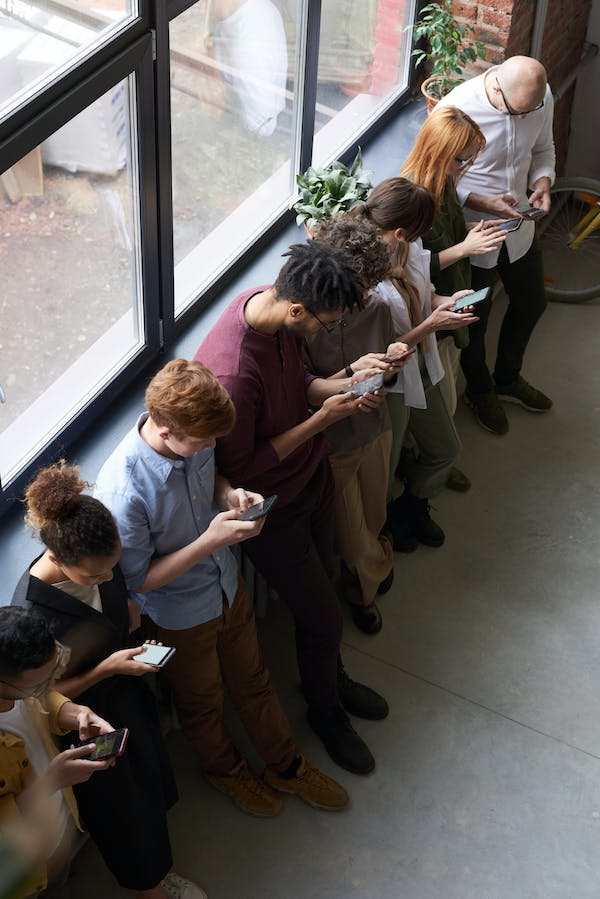Social media is growing exponentially with more and more people using its various platforms to communicate, share and connect with others. But too much of a good thing can have adverse effects, leading to social media disorder.
Social media disorder (SMD) is an increasing problem, especially for young people. It is characterized by an unbalanced relationship with one’s social media profiles. People who suffer from SMD are often addicted to staying up to date with social media news feeds, share everything, from their lives to what they had for dinner. They become overly-engaged online and are constantly checking their phones for updates and notifications.
The first sign of SMD is the compulsive need to use social networks, even when doing so is detrimental to one’s quality of life. For instance, the person may be totally exhausted from staying up till the early morning hours scrolling through Twitter and Facebook. Another sign is disconnecting from the present world, such as family, friends and activities, and instead relying on the virtual time to get satisfaction. This could lead to further social problems, as communication was one of the main reasons social media was invented in the first place.
SMD can also manifest in physical ways. People suffering from this type of disorder might experience headaches, stomachaches, sleep disturbances and low energy. Concentration and productivity can suffer, leading to the inability to focus on tasks at hand. People may also suffer from blurred vision, neck pain, carpal tunnel syndrome.
It is essential to recognize the signs of SMD and take the proper measures to prevent or mitigate its effects. First of all, one should remember the phrase ‘too much of a good thing’. Don’t be afraid to limit the time spent on social media, as this can have a positive effect on the quality of life and drastically reduce the symptoms of social disorder.
It is also important to recognize when something is off and seek help from a mental health professional. The doctor may provide counseling, psychotherapy or medication. In addition, the doctor may be able to refer you to group therapy or support groups, where you can connect with others suffering from SMD and learn to manage the disorder in a safe and healthy manner.
Finally, it is important to unplug from the world of technology and spend time outside or in nature, engaging in activities without the use of technology. Activities like walking, biking, playing music or sports can be of great help in discovering equilibrium between digital and physical life.
Social media disorder is on the rise among the younger population, but it is treatable. Awareness and recognition of the symptoms are the first step in managing this type of addiction. Getting help from a mental health professional or a support group is the best way to restore balance in the relationship with digital sources and the real people.
